Professional Letter Template for Clear Communication
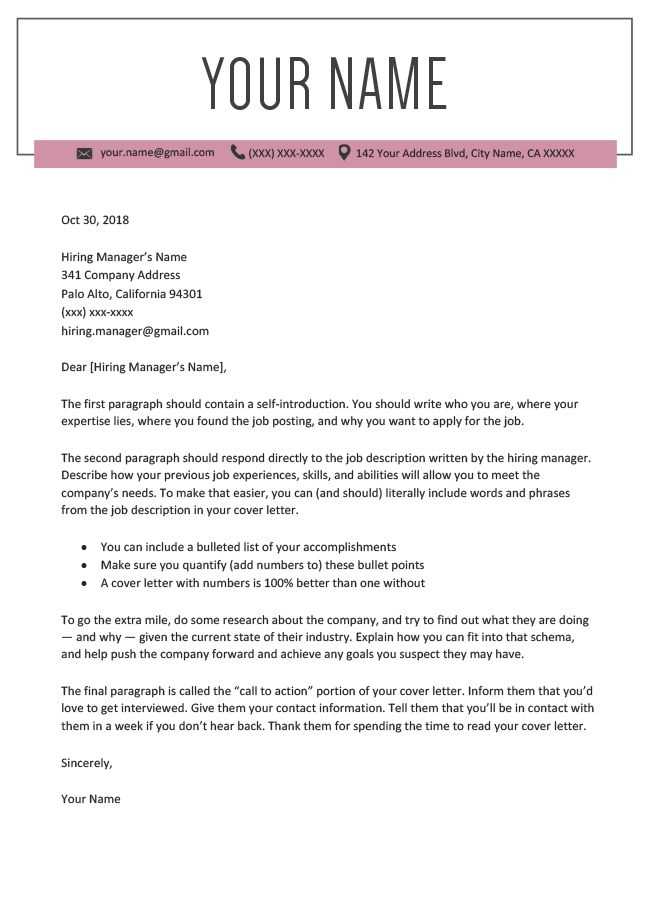
Effective communication in the workplace is essential for building strong relationships and ensuring clarity. A well-organized format can help present your ideas in a clear and concise manner, whether you’re reaching out to colleagues, clients, or potential business partners. A structured approach allows the reader to quickly understand your message, which is key to fostering professionalism and trust.
Understanding the fundamentals of a business communication format is crucial. By following a defined structure, you can ensure that all necessary details are included while avoiding confusion. This approach not only reflects your organizational skills but also demonstrates your commitment to professionalism in every interaction.
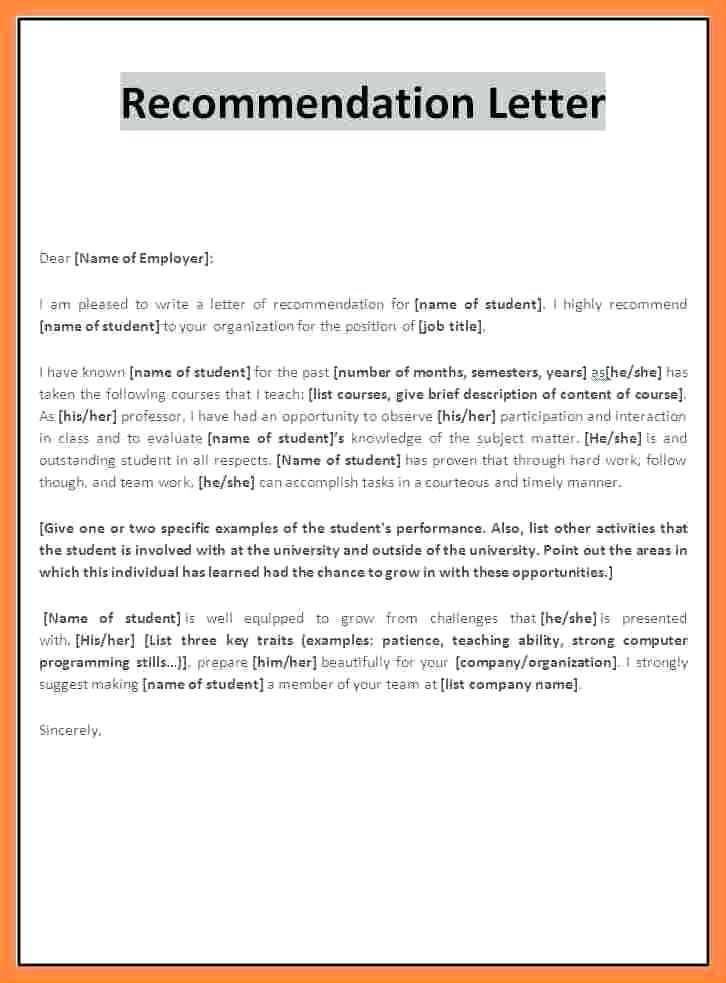
Whether you’re drafting an inquiry, a request, or an update, having a solid framework to follow can make the writing process much easier. With the right structure, you can ensure your message is both effective and efficient.
Using a well-organized framework when drafting formal messages offers numerous benefits. It not only saves time but also ensures clarity and consistency, allowing you to focus on the core message. A structured approach can significantly improve the presentation of your thoughts, making your communication more efficient and professional.
Here are several reasons why this method is essential:
- Time Efficiency: With a clear structure, you can quickly fill in the necessary information without worrying about the layout.
- Consistency: Following a set format guarantees uniformity in style and tone across all written communications, creating a recognizable standard for your work.
- Clarity: A logical sequence ensures that your message is easy to read and comprehend, helping avoid misunderstandings.
- Professionalism: Maintaining a structured style conveys seriousness and attention to detail, leaving a positive impression on the recipient.
By relying on a clear framework, you can avoid common errors and ensure your writing stays focused, effective, and aligned with the purpose of your message.
Key Elements of an Effective Document
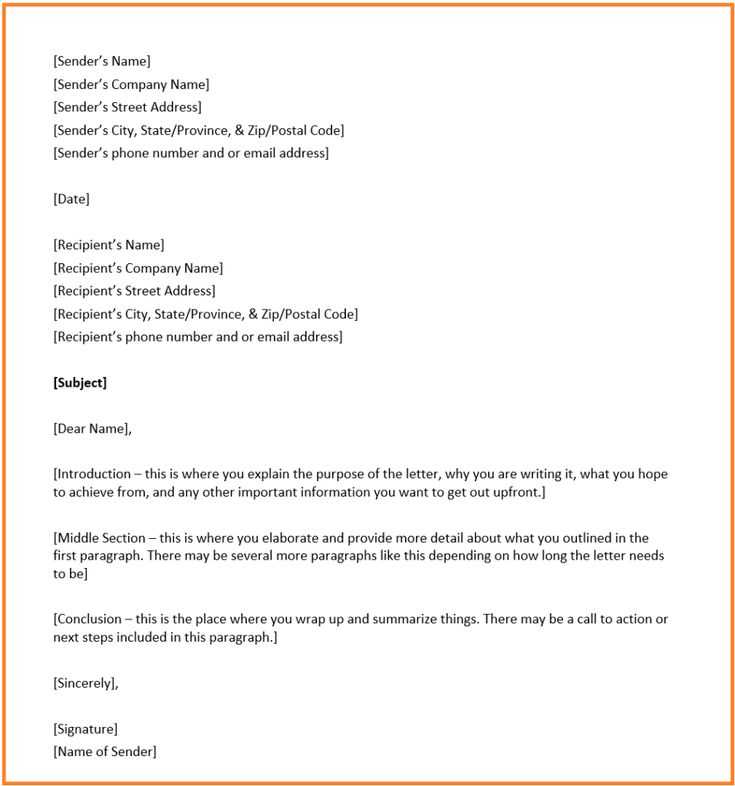
Creating a clear and impactful message requires careful attention to various components. An effective format must include all necessary elements, ensuring the content is concise, coherent, and easily understandable. These essential sections provide structure and guide the reader through the information presented.
The following table outlines the main components of an effective business document:
| Element | Description |
|---|---|
| Header | Includes the sender’s details, recipient’s information, and the subject of the communication. |
| Opening | Introduces the purpose of the message, establishing context for the reader. |
| Body | Contains the main content, organized into clear paragraphs to convey the core message. |
| Closing | Summarizes the key points and provides any necessary next steps or actions. |
| Signature | Concludes the communication with the sender’s name and contact information. |
Incorporating these elements in the right order ensures your message is organized, professional, and easy to navigate. Each section plays a crucial role in maintaining clarity and purpose throughout the document.
Choosing the proper structure is essential when drafting any formal communication. The format dictates how your message is presented, influencing how it is perceived by the recipient. Selecting an appropriate arrangement ensures that the key information is highlighted and the overall tone matches the purpose of your message.
Different types of communication require different formats. Whether you’re addressing a business partner, client, or colleague, understanding the purpose behind each type of correspondence helps in determining the right structure. For instance, an inquiry might need a more straightforward format, while a formal request could require a more elaborate layout.
Here are a few guidelines to follow when deciding on the ideal structure:
- Consider the Purpose: The objective of your communication will influence the tone and complexity of the format.
- Know Your Audience: Tailoring the format to the recipient ensures the message is received professionally and appropriately.
- Keep it Simple: A clean, well-structured document is easier to read and understand, ensuring your main points are not lost.
- Stay Consistent: Using a familiar structure across different communications helps maintain a professional image and clarity.
By selecting the correct format, you ensure that your message is conveyed clearly, with the appropriate emphasis, and in a manner that reflects the seriousness and professionalism of the situation.
Common Mistakes to Avoid in Writing
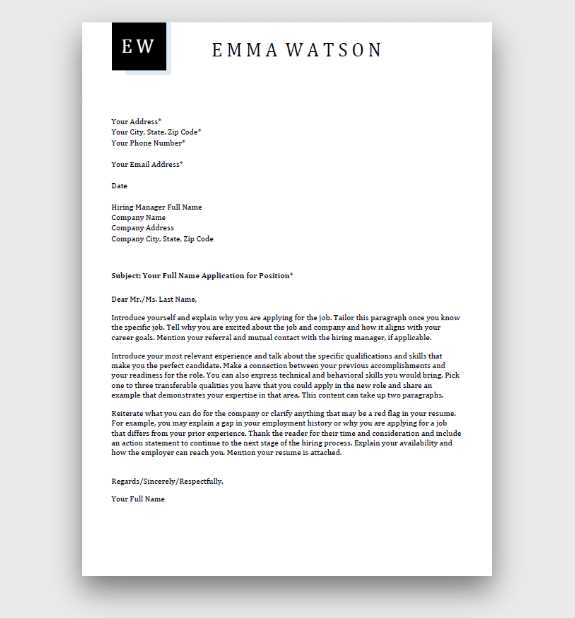
When crafting any formal document, it’s easy to overlook details that can undermine the clarity and effectiveness of your message. These errors often occur due to haste or a lack of attention to key components. Avoiding these common mistakes is essential to ensure that your message is conveyed clearly and professionally.
One of the most frequent errors is lack of clarity. Without a clear structure, your reader may struggle to follow your points, which can lead to misunderstandings. Another common issue is overuse of jargon or complex language, which can confuse the recipient and make the document seem less accessible. It’s important to balance professionalism with simplicity to make sure the message is understood by a wide audience.
Additionally, errors such as spelling and grammatical mistakes can significantly harm the credibility of your communication. Always proofread before sending to ensure that there are no careless oversights. Another mistake to avoid is failure to address the recipient properly, which can come across as disrespectful or overly casual.
By being aware of these pitfalls and taking steps to avoid them, you can ensure that your document reflects the highest standards of clarity and professionalism.
Personalizing your correspondence structure is a crucial step in making sure your message aligns with your specific needs while maintaining a professional tone. Customization allows you to adapt the layout and content to suit the purpose of your communication, whether it’s a formal request, inquiry, or business update. By making slight adjustments, you can create a document that not only fits the context but also reflects your unique style.
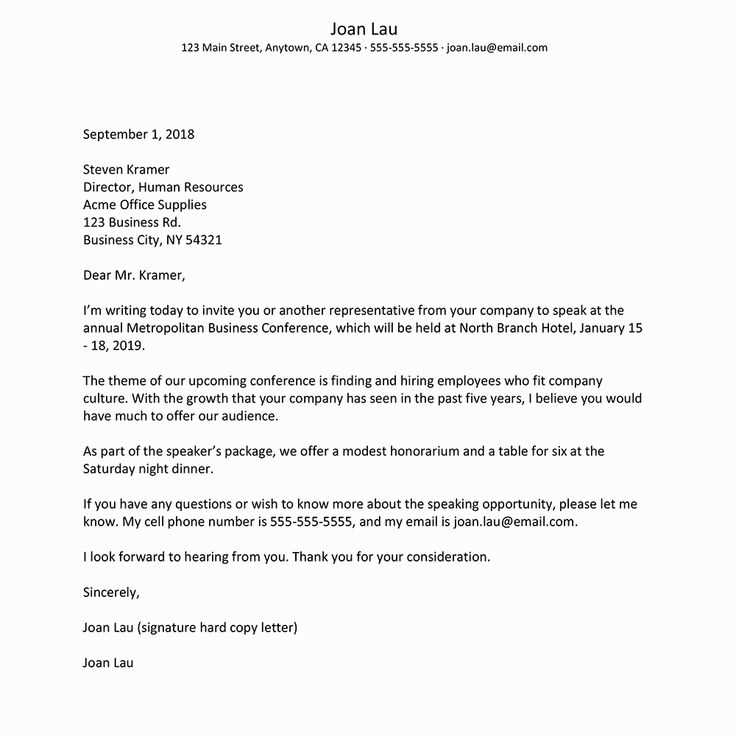
Adjusting the layout is one of the first steps in tailoring your format. Depending on the nature of your communication, you might choose to emphasize certain sections over others. For instance, a formal request might require a more detailed introduction, while an update can be more concise and straightforward.
Another important factor in customization is choosing the right tone. Whether it’s formal or semi-formal, the tone should reflect the recipient and the purpose of the message. Be sure to adjust your wording to create the desired impact while remaining respectful and clear.
Lastly, incorporating your brand or personal style can make your communication more engaging. This might involve adjusting fonts, including personalized signatures, or adding specific phrases that align with your approach to correspondence.
By customizing these elements, you can create a more effective and personalized communication that resonates with the recipient while still adhering to the essential standards of formal writing.
Best Practices for Business Communication
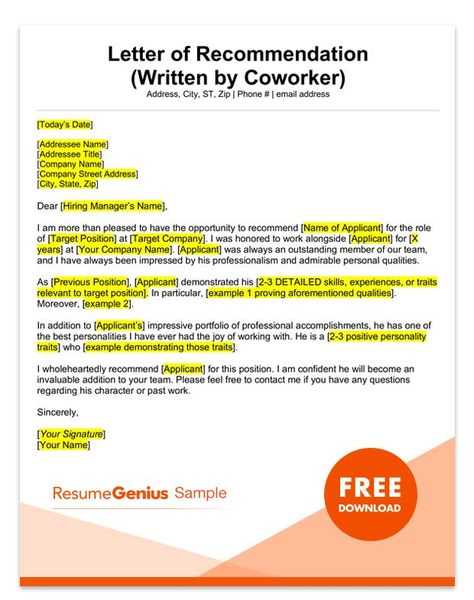
Effective communication in the business world relies on clear, concise, and respectful exchanges of information. Following best practices ensures that your messages are not only understood but also leave a positive and lasting impression. By adhering to these guidelines, you can establish credibility and build strong relationships with clients, colleagues, and business partners.
Clarity and precision are essential. Avoid unnecessary jargon and complex language that could confuse your reader. Keep your message focused on the main point and ensure that each section serves a specific purpose. A well-structured document helps your recipient quickly grasp the key information without being overwhelmed.
Timeliness is also critical. Responding promptly to inquiries and keeping your communication up to date shows professionalism and respect for others’ time. Additionally, maintaining a respectful tone is fundamental. Even in difficult or sensitive situations, it’s important to remain polite and considerate to foster positive outcomes.
Lastly, proofreading your communication before sending it ensures that any spelling or grammatical errors are caught and corrected. This attention to detail demonstrates your commitment to quality and professionalism in all aspects of your work.